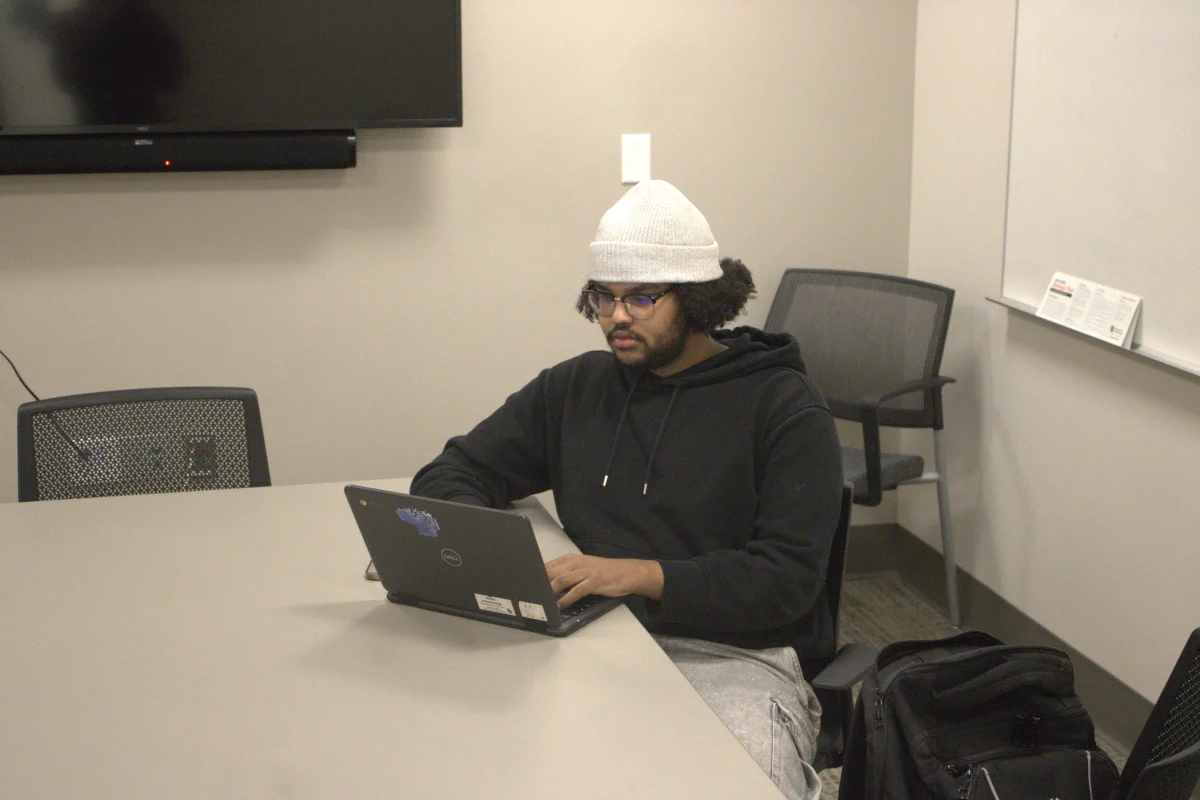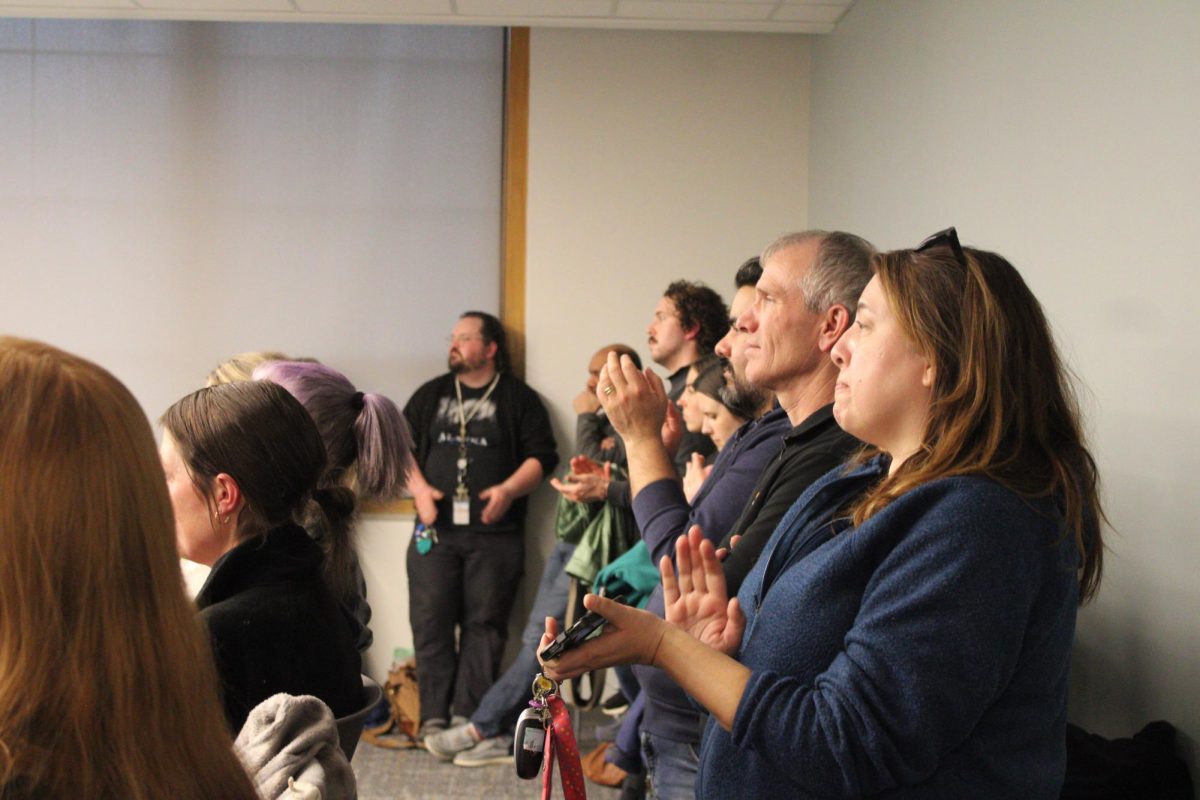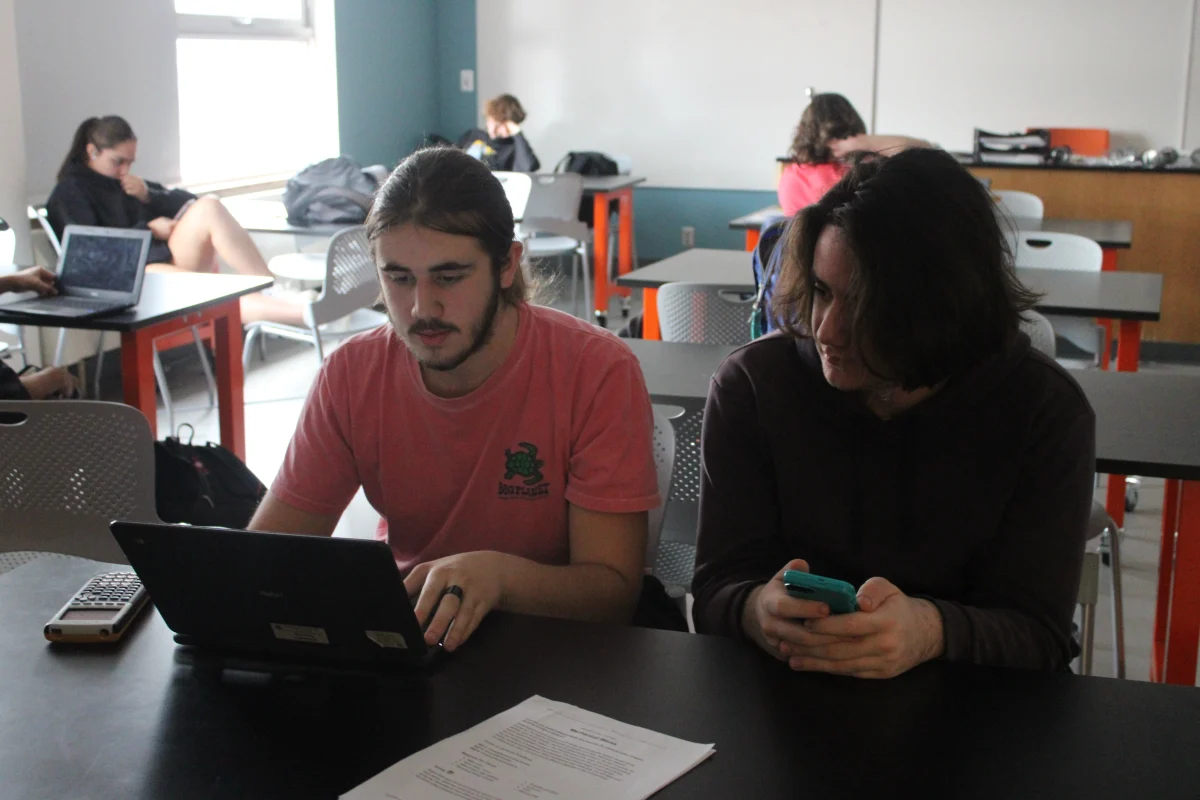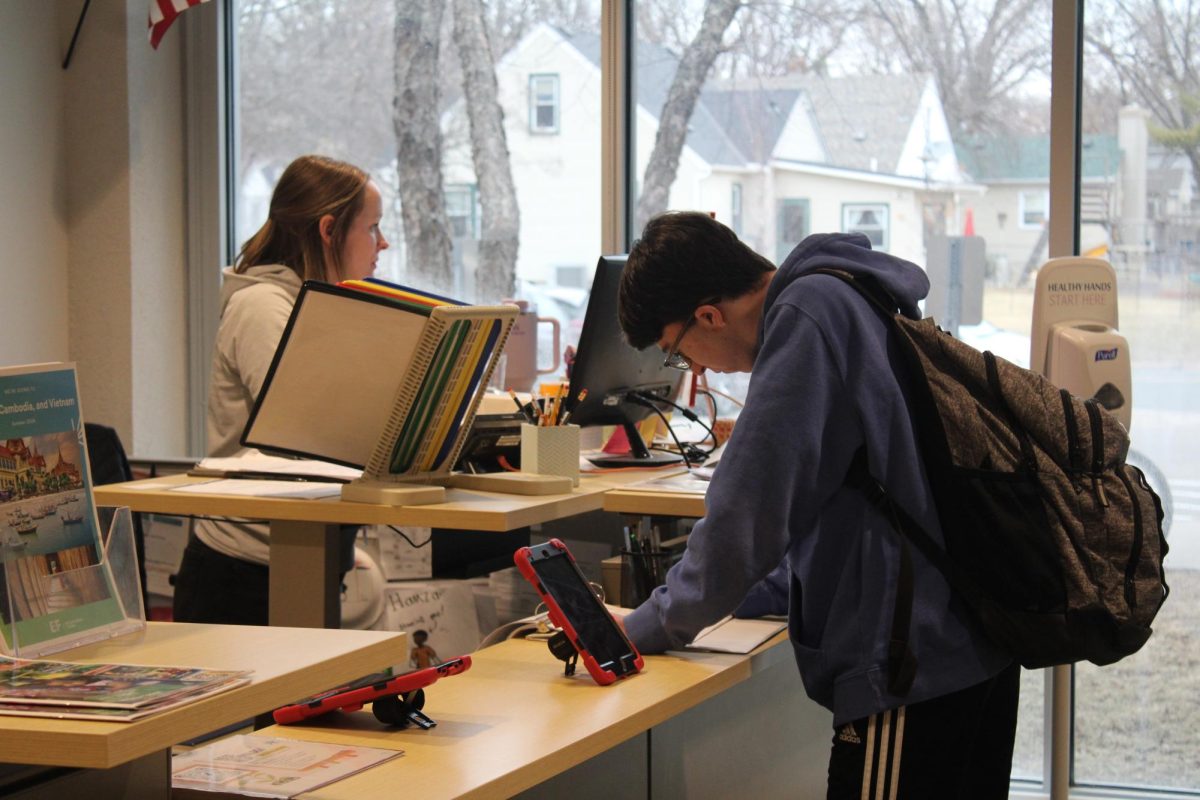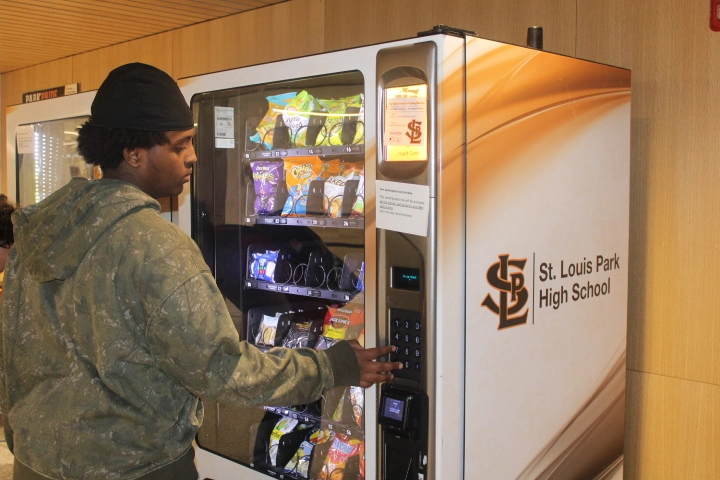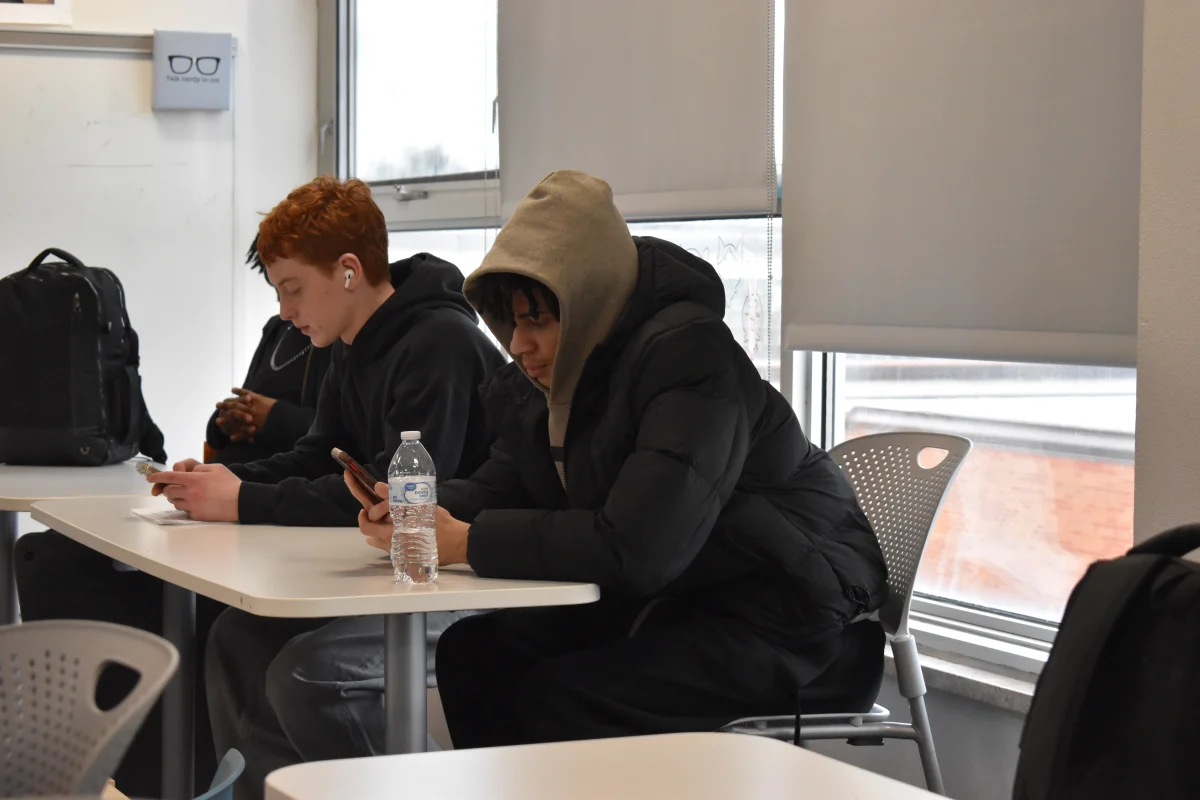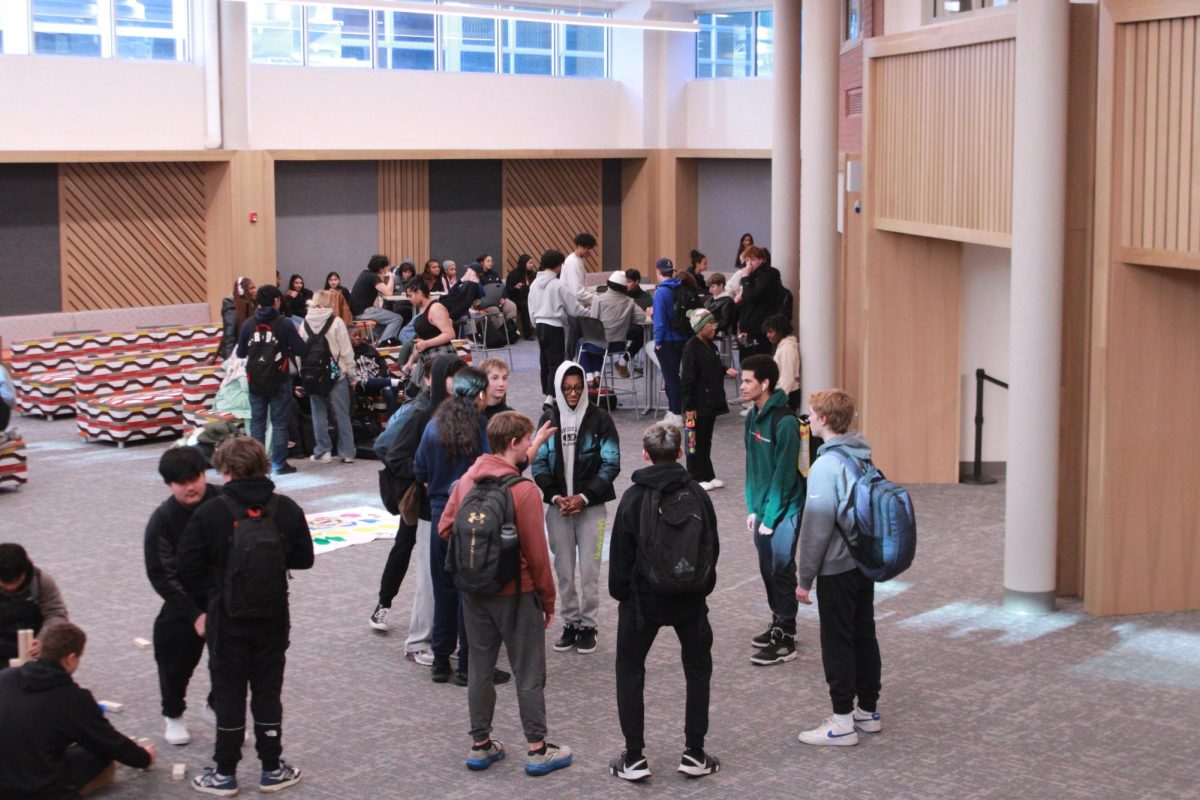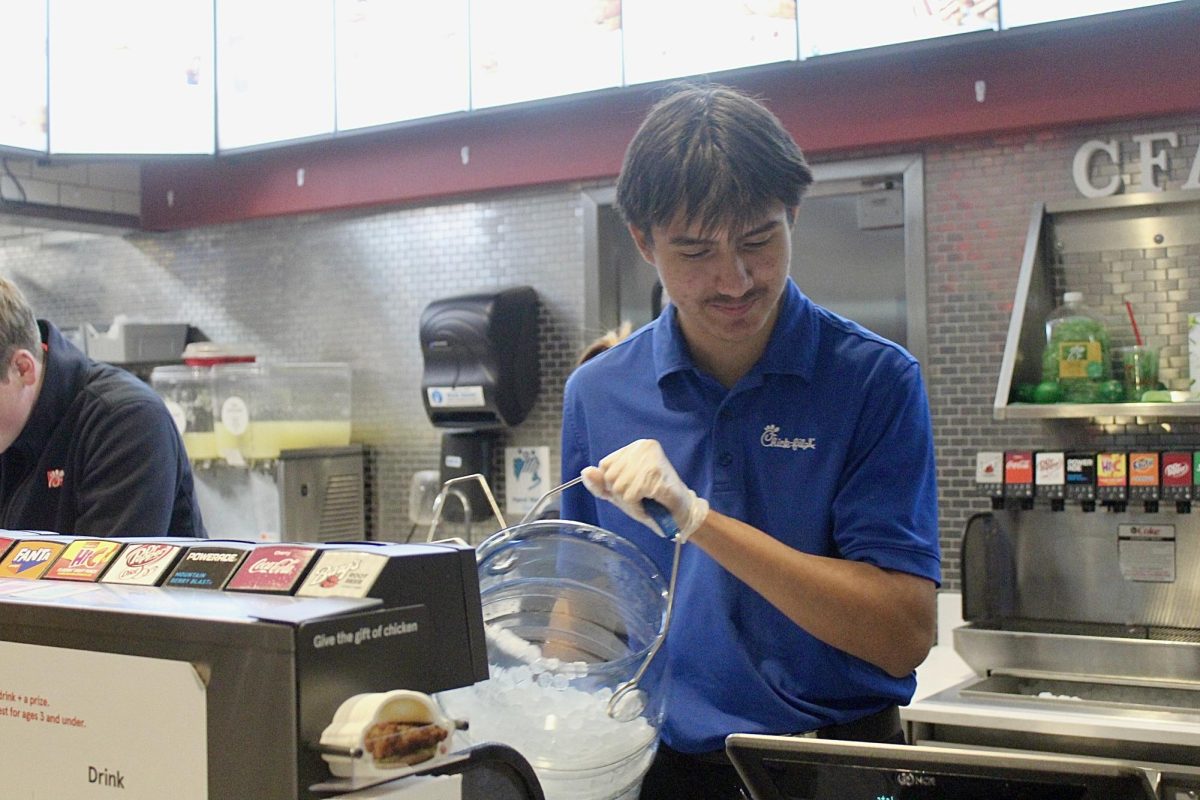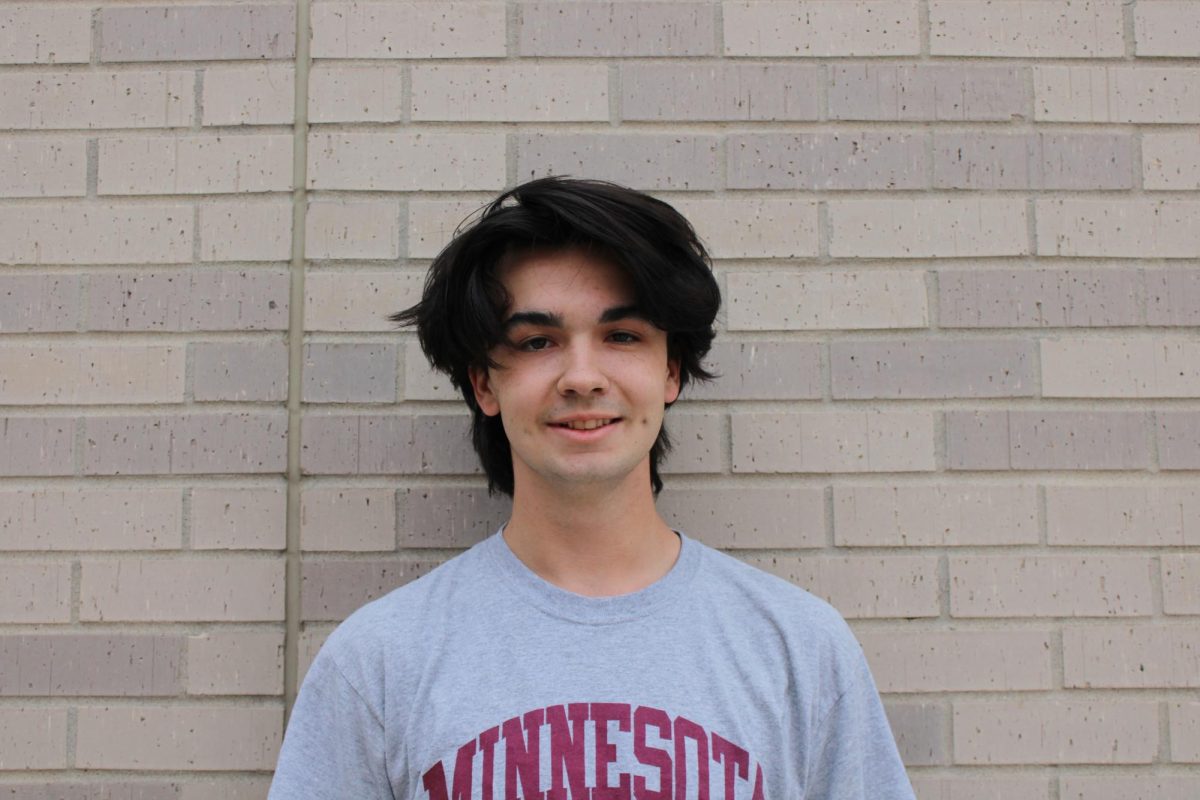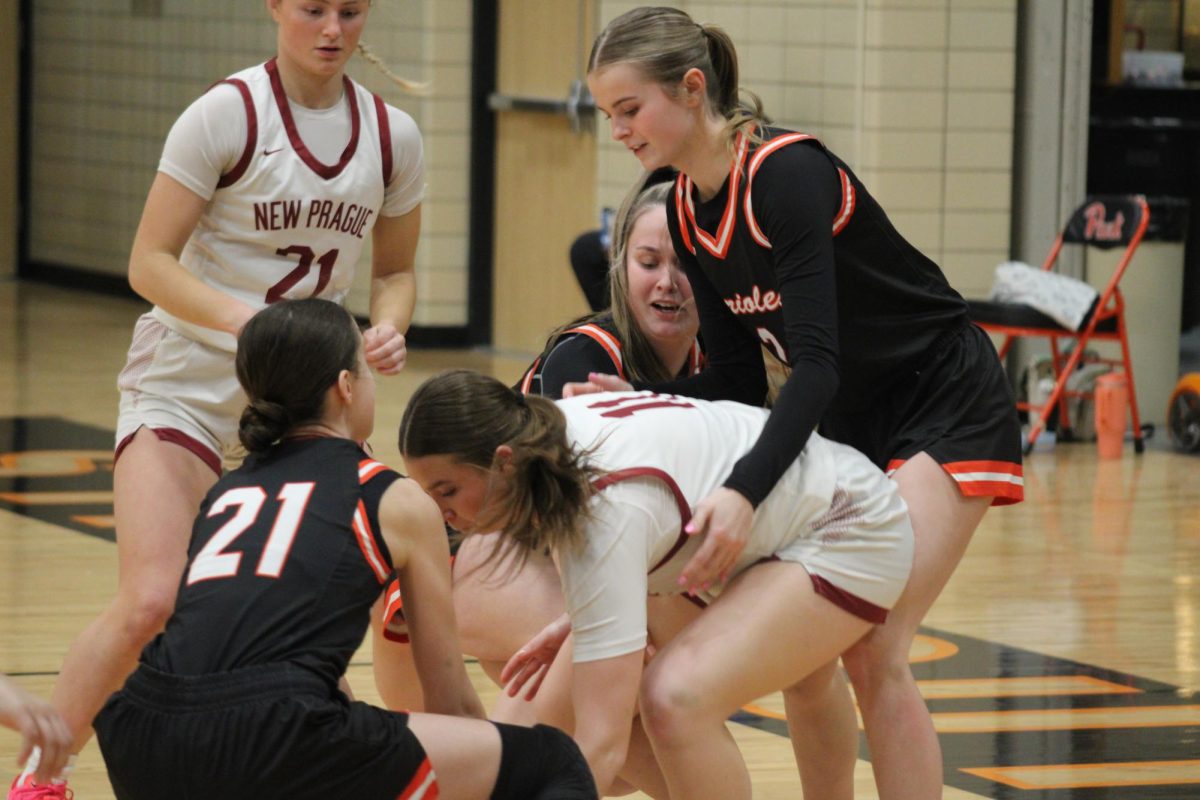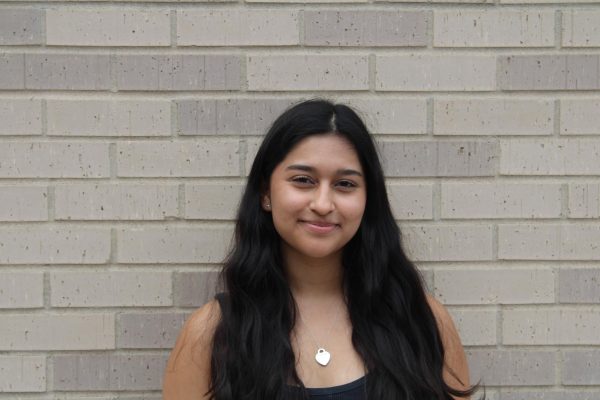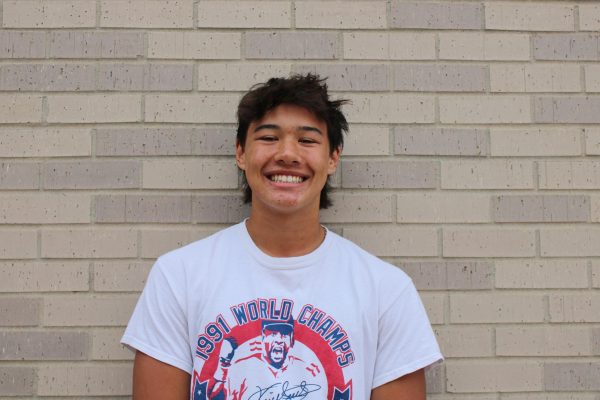Since the passing of Section 504 of the Rehabilitation Act of 1973, the expectation for federally-funded schools to provide adequate learning accommodations to all students has become a standard in Minnesota. Among the varying accommodations students may receive is the ability to access a “quiet space” for testing or taking breaks. With Park’s recent reconstruction, and the accessibility of new spaces like the Link being questioned, many are wondering if Park still has quiet spaces readily available for students.
Park offers quiet spaces for both 504 plans and more individualized struggles. According to ninth grade counselor Barb Nelson, students who are interested in receiving quiet accommodations should reach out to a social worker or counselor to find the best steps to address their personal needs.
“(Students should) work with their support staff person, whether it’s a social worker or counselor. They (may) have something going on that is a personal situation, because you don’t necessarily have to be on a 504 or special education, maybe there’s just something personal that’s going on,” Nelson said. “There might have been a death in your family, or something really intense that’s going on that you just need a little time away. We can offer it on a case by case basis as well. I would encourage any student that is struggling to reach out to someone and talk to a friend who might be willing to come down.”
Junior Nex Schiller said the process of receiving his quiet space accommodations was relatively simple — he was able to reach out to a counselor and was given a permanent pass.
“I didn’t have too hard of a time (receiving accommodations) freshman year, and I told the counselors that I was having a hard time with noises in the classroom and staying focused,” Schiller said. “She suggested getting a permanent pass, so I can just go down (to Student Services) whenever I need and use one of the quiet rooms. So it’s pretty easy.”
According to assistant principal Alyssa Gardner, testing accommodations must be arranged with counselors in advance to ensure that a quiet space is available, and students who want to take breaks must seek out a quiet space in designated areas like Student Services.
“If it is a testing accommodation, that’s usually worked out with counseling. Let’s say the student has biology tests coming, they can email or connect with the counselor, and the counselor will help make sure that there’s a space available for the student to come down here and take their test,” Gardner said. “The biggest thing is ensuring that students are also advocating for that. So students are reminding the teacher, ‘Hey, can I go take this with Ms. Nelson?’ Counselors will always make sure that there’s a space available for them to be able to do that. If it is a ‘take a break during the day,’ the counselors or social workers, in SmartPass, are able to assign them a permanent pass that allows them, but it has a very clear location. If the 504 says, ‘take a break with counseling,’ it’s very clear that pass means they should be going to the counseling office, and not just in the bathroom around the building.”
Nelson said the transition from physical passes to SmartPass made it harder to accommodate permanent passes. She said while permanent passes can be created in the system, there’s no official way to override “no fly time” and ensure constant availability of the accommodation passes.
“When we moved away from the paper passes, we really struggled because we weren’t sure how that was going to work. Also it’s a private thing for a lot of students, too, so (we) wanted them to be able to have a way to access that. Within SmartPass, the new system, they were able to create a permanent pass,” Nelson said. “The tricky part for us is that there’s still the ‘no fly time.’ There isn’t a way to get around that. So the first 10 and last 10 (minutes) are still considered (off-limits). If a person with a permanent pass goes to create one, they can’t make it in the system during those times, but they could ask a teacher to do it. Most of our teachers (at Park) are really good at responding to students’ needs, and so they can create a pass.”
Schiller said there still isn’t a comprehensive understanding around permanent passes within the SmartPass system, so he tends to get permission from his teachers verbally rather than going through the new system.
“I still don’t know how the SmartPass works. I think one of the counselors said that she was in charge of that and was going to get it figured out,” Schiller said. “I still just tell the teachers that I have a permanent pass, and they’ll just let me go. I haven’t opened up SmartPass other than to use it for bathroom passes.”
According to Nelson, the amount of students needing quiet spaces varies day-to-day, which makes accommodating influxes tricky. She said counselors make it work by offering their personal office spaces for student use.
“It is tricky, because on any given day, there can be no one over time, (or) on any given day we could have kids taking tests and it could be very full,” Nelson said. “That’s where it just gets tricky, and we try to (accommodate). If I don’t need to be in my office for something I’m doing, I might move so a student could use the space, like (for) some kids that do their virtual therapy visits.”
Gardner said a new quiet lunch area has been added in relation to the newly renovated lunch space. She said students overwhelmed by the bigger cafeteria can now eat lunch in a monitored quiet space within the office.
“We have a quiet lunch space now as well, which is new this semester. There used to be some tech personnel for the district that were assigned to an office here. We now have that all cleared out, with just some individual desks and stuff (now),” Gardner said. “We have that open during the lunches (for) students who (are) like ‘that’s a really big, loud space,’ (and) if they just want a more private, quiet space. We have a really small number of students each lunch that come in here. We keep the door open, and counselors, office staff, Miss Camille, who’s always at the table, monitor it.”
According to Nelson, there aren’t many external legislative regulations around schools offering quiet spaces. She said the standard for accommodating students is an internal measure that is supported through consistent collaboration with administration to ensure responsible and safe usage of the spaces.
“It’s an internal thing. With the support staff, we have a good working relationship with our administrative team, who (are) really supportive of student needs. It’s (about) working with them and working through them to make sure we’re following up,” Nelson said. “The issue (starts) if there’s students who are what we lovingly call frequent flyers — kids who are overusing or abusing a permanent pass or coming down here. We had an issue (with) kids coming down here all the time to use the restrooms, and now that we have the new cafeteria single stalls, that has really helped. But there was also concern that kids were coming down here to vape because these were individual stalls in the bathrooms. So we had some things we dealt with last year with that, with support of the admin as well.”



